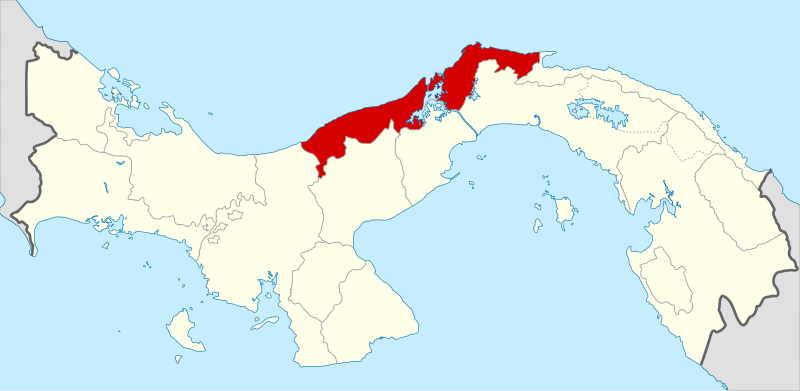
Colón is one of the 10 provinces of Panama. It is located on the Caribbean coast at the entrance of the canal of Panama.
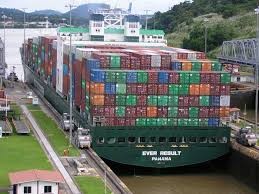
The province size is 4.868,4 km² and its population 294.060 souls (2019).
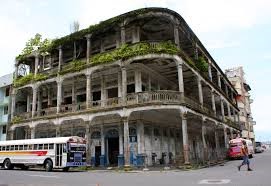
It is a commercial town grace of the second largest free zone of the planet and the active port.
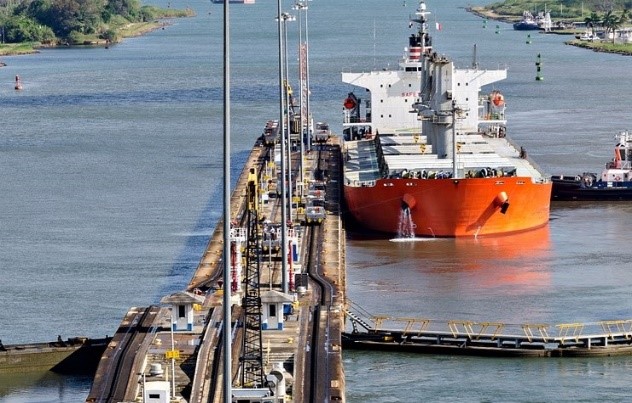
Colón has the second largest port system of LATAM just after Brazil with the sites both on the north and south entrance of the canal: Evergreen container port in colon, Manzanillo facilities close from Colon, Panama port and Rodman port in Panama City. Colon and Panama City have also crewship terminals.
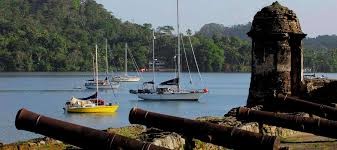
Portobelo is located in the ¨Costa Arriba¨ (high coast) of Colón. It used to be one of the most active cities of the area: the gold from south America arriving in Panama City ” La vieja” was then mule trasported to this town to be shipped to Spain. The bay was discovered by Colon during its 4 th trip aboard the Santa Maria, November 2nd 1502. The great shelter and the surrounding nature did motivate Colon. That’s why he called the place Porto bello (italian).
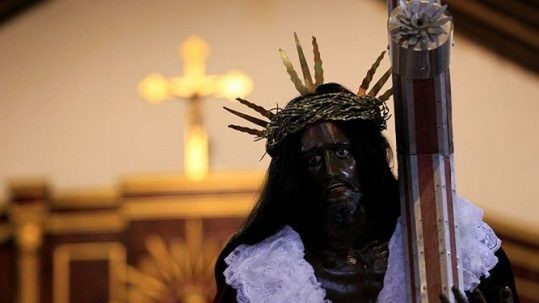
In Portobelo one can find: the hospital-church San Felipe with the famous Black Christ who has a celebration each Oct. 21st., the santiago de la gloria fort ruins, the custom house, the san fernando fort, san jeronimo castel, and the 3 cruces ruins. Unfortunatly, these sites are not well maintained and damaged by time and local population.
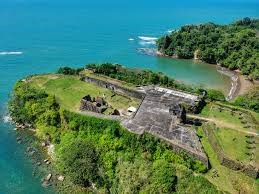
San Lorenzo Fort, on the cost Abajo (down coast), located at the entrance of the Chagres river, is an elegant site with a gorgeous view both on the Caribbean sea and the large Chagres river. It has been the point of entrance of Captain Moragn who did cross then the isthmus and attack Panama city la Vieja. UNESCO did classified this site in 1980. This fort was part of the Spanish defense system in the XVII & XVIII centuries. The site is well maintained.
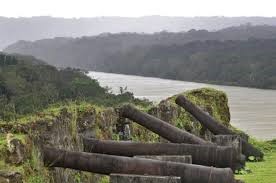
The transisthmus train

From Corozal Panama City train station to Colon, the train will follow the Panama Canal. This line was used first in 1850 by the gold finders to reach the US east coast to the west coast (sailing – train – sailing). During the Panama Canal construction, the train was used to carry material. Now it is used to load containers but one trip per day (except week ends and hollidays) is dedicated to take free zone white collars from their home in Panama city to their job in Colon. A special wagoon with glass roof is dedicated to tourists. A must you should not miss.
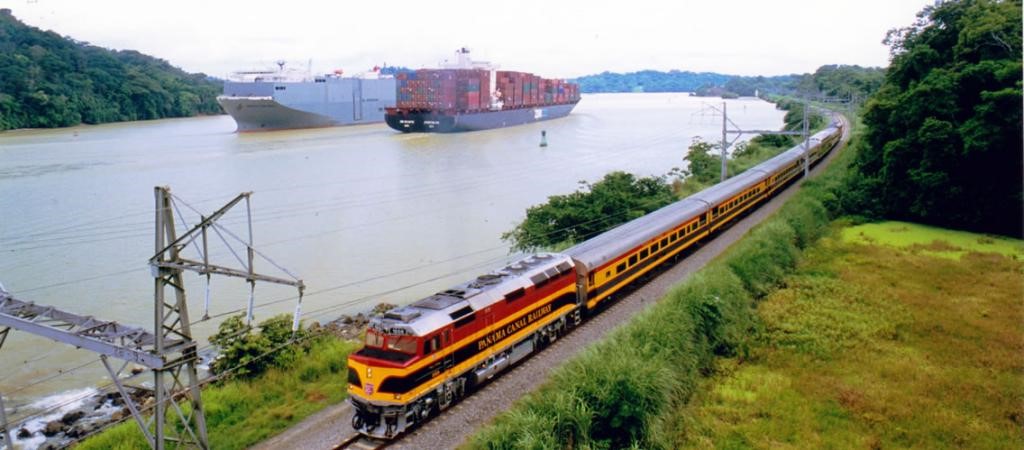
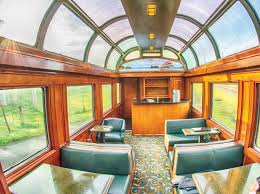
The down coast ¨Costa Arriba¨: mangroves and beaches

After Portobelo, at the end of the north road is located Isla Grande (big island): beaches, Caribeean houses and small restaurants. Despite its name this is a small island that one can circle in an hour.
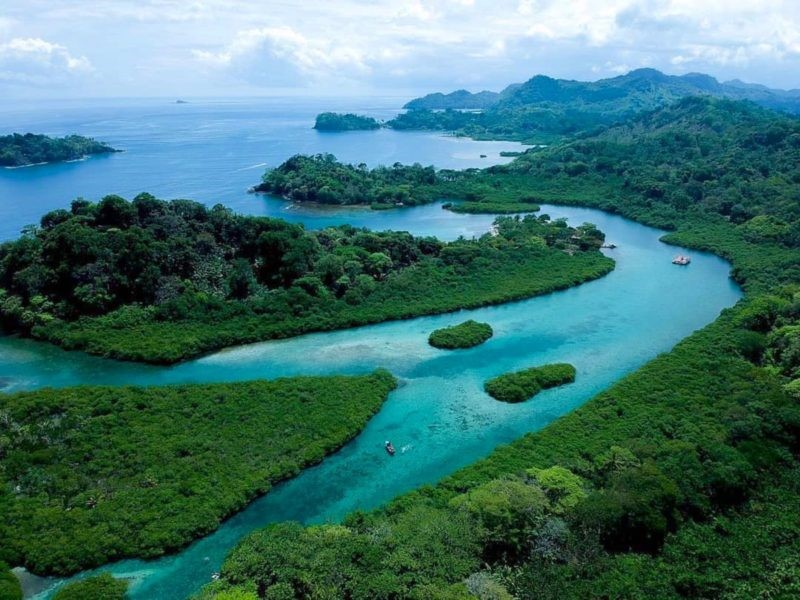
The “blues veines”, in the Portobelo parc, are only accessible by boat. Throughout the mangrove, one can discover both blue and green waters. Nice drone shots. Good snorkeling also.
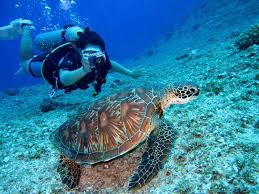
Playa Blanca is a private place with mangrove, reefs and coast paths. One can observe raoring monkeys but also Caribbean fishes. Open on request.
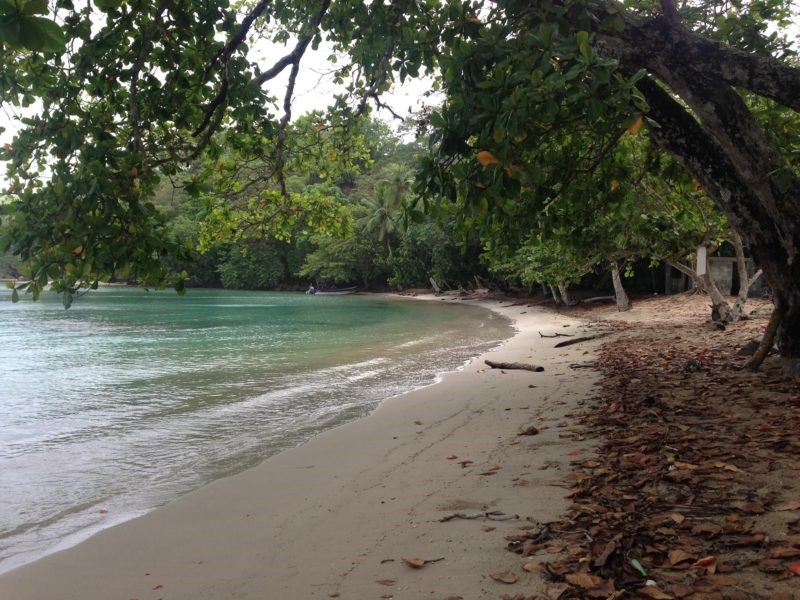
The mangrove is located between sea and land. It is the home of many animals: fishes, crabs, birds and even sometimes crocodile. There’s a unique place in this area called the ” lover’s tunnel”: one can really go through the mangrove through a natural tunnel. To be done by kayak or motor boat it is very safe. Don’t miss that!
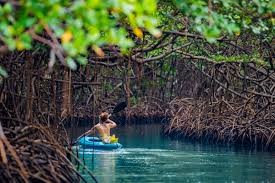
Nativa tours offers also horse riding in this area that we highly recommend